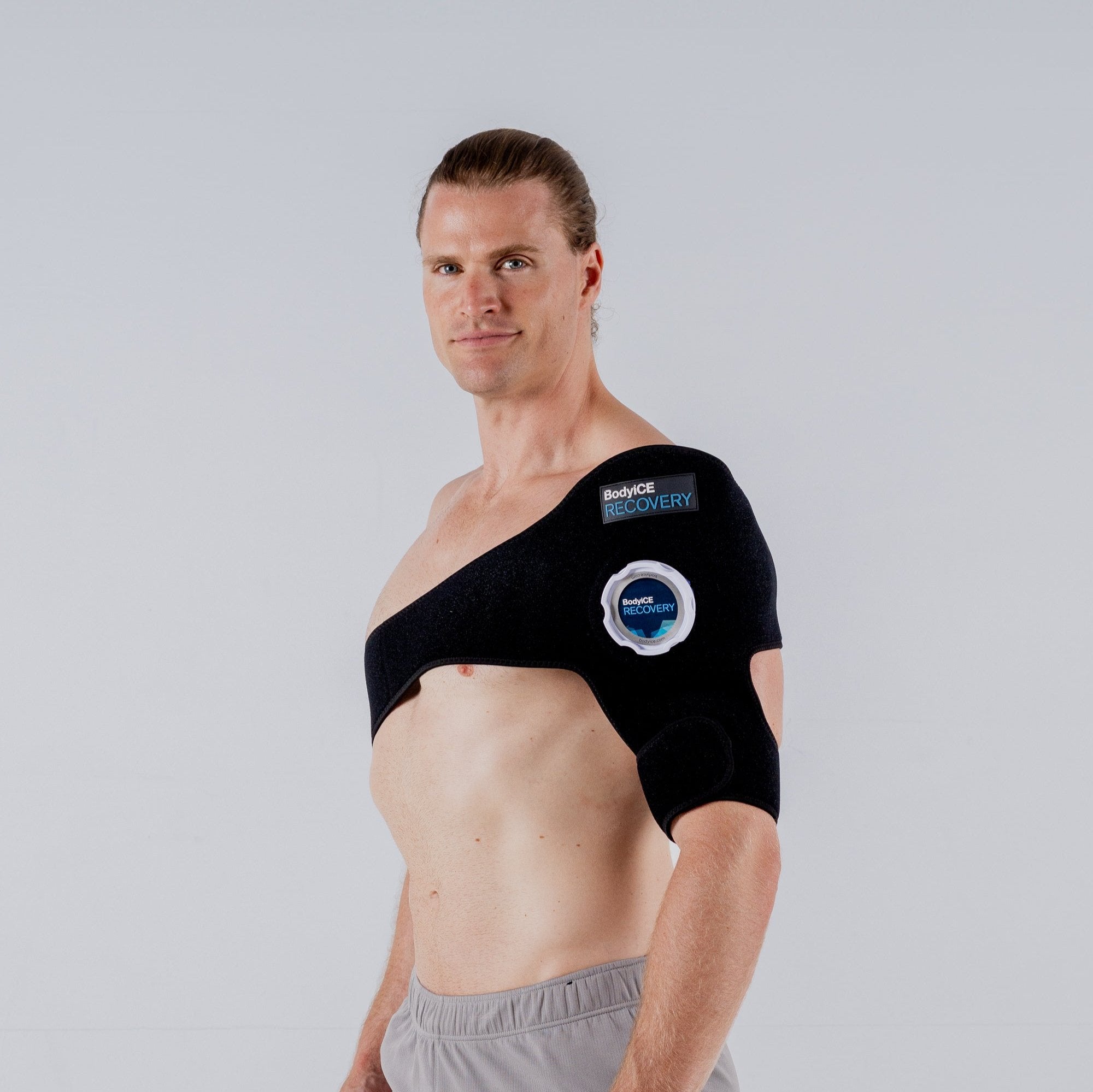DISCOVER HOW TO UNWIND WITH YOGA, FROM OUR FRIENDS AT SEEDS OF WONDER
I am typing this blog with a wry smile on my face. After spending the last 30 minutes battling to reconnect an uncooperative Bluetooth keyboard I am stressed! Oh the irony!
There has been teeth clenching, sighing and maybe a naughty word or two... Sounds like I need to do some yoga!
Our ancestors knew about yoga’s connection with relieving stress. Western medicine is now also coming on board, with results from medical studies consistently demonstrating that yoga is effective at decreasing tension, lowering blood pressure and reducing cortisol levels.
There is also a growing acceptance within the Western medical community that yoga can help to improve our mood and increase our general sense of wellbeing, even if medical practitioners remain unclear on exactly how yoga causes this to happen.
Yoga is a mind-body practice that helps release the tension we store both physically and mentally.
As we practice we are drawn into the present moment. We start to disconnect from the hub bub outside and begin to tune into how we are feeling in our body and in our minds.
We become conscious of our movements, the flow of our breath and the pattern of our thoughts.
As we start to flow into the different postures, relax into our meditation or focus on our breathing in Pranayama, the residual tension we carry starts to slip away and we become immersed in our practice.
To start to feel the benefits you don’t have to head off for a 60 minutes session on the mat. It can be as simple as sinking into Balasana (Child’s pose), which helps soothe the adrenal glands or taking a few minutes in the restorative Viparita Karani (Legs Up the Wall), which helps to lower your heart rate.
MEDITATION
It is not all about the physical postures of yoga of course, other yoga practices such as mediation and Pranayama are also effective stress relievers.
Sara Lazar, a neuroscientist at Massachusetts General Hospital and Harvard Medical School, has undertaken a number of studies into the benefits of meditation.
Despite starting out as a sceptic, the results of her research altered her opinion after she found that meditation can literally change our brain and improve our reaction to stress.
In her studies, brain scans showed that with regular meditation several areas of the brain thickened such as the temporo parietal junction associated with perspective, empathy and compassion, while other areas of the brain shrank, including the amygdala, the area related to anxiety, fear and stress.
It is not a surprise then to read that the study went on to find a direct correlation to these brain changes and a reduction in stress levels amongst the study’s participants.
Interestingly, you don’t have to wait long to start seeing these benefits.
Lazar’s data indicates that the brain shows changes after only eight weeks. While some of the study’s participants do meditate every day for 40 minutes there were others, like me, who often only manage a couple of times a week for shorter periods; so the benefits are not just for those super meditators but for ordinary folk like me too.
(Information taken from an interview with Sara Lazar in the Washington Post, “Harvard neuroscientist: Meditation not only reduces stress, here’s how it changes your brain.” By Brigid Schulte, May 26 2015).
PRANAYAMA
Pranayama (breathing) techniques are also powerful for helping us let go and release our stress. When we tense up we tend to breathe more shallowly, this acts to further exacerbate our tension and builds up our anxiety.
”There is a very direct relationship between breath rate, mood rate and autonomic nervous system” says Dr. Sat Bir Singh Khalsa, Assistant Professor of Medicine, Harvard Medical School (quoted in The Yoga Journal, “The Science of Breathing” by Jessica Levine, June 17 2015).
As we breathe more quickly and shallowly our body triggers the flight and fight response, part of the autonomic nervous system, which dials up the release of stress hormones.
Techniques such as Brahmari (Humming Bee Breath) and Nadi Shodhana (Alternate Nostril breathing) have been shown to be very effective at encouraging us to slow down our breathing and to use the whole of our lung capacity.
As our breath slows down our parasympathetic response is activated, which is also part of the autonomic nervous system, meaning that the stress hormones get dialed back, whilst our body amps up the signals to reduce anxiety and tension.
YOGA NIDRA
Along with meditation and Pranayama, Yoga Nidra is also a powerful yoga relaxation technique. Even better, it is simple to do.
To practice Yoga Nidra all you need to do is to lie comfortably in Savasana (Corpse pose) and work your way systematically through your body.
There are many versions, but one of the most common approaches is to mentally work up from your toes on your right side, travelling up the lower part of your body through to the top of your head, before moving back down the left side of your body to finish at the toes on your left foot.
As you move through the different parts of your body your autonomic nervous system is activated (in a good way!), helping you to release tension and fall into a meditative state of being.
This creates an internal sense of calmness and general ease, and allows our bodies to recalibrate.
Sometimes known as yogic sleep, studies have also suggested that 30 minutes of Yoga Nidra is the equivalent to three hours sleep!
While you can practice Yoga Nidra on your own, you may like me prefer to have the help of an audio guide. There are many online versions to choose from, including a beautiful version that I love from Sydney based India Jiva.
CHOOSING A YOGA PRACTICE
Not all yoga practices will suit you. Some physical asana and pranayama practices are quite strenuous, while other practices are gentler and focus on being restorative.
It is important to choose the techniques that make you feel good or suit you that day, keeping in mind that “Calming the mind is yoga. Not just standing on your head.” Swami Satchidananda.
Despite what you might see on Instagram, yoga is not a competition to be the most flexible ‘pretzel’ or to pull off the most complicated hand balance! Selecting a pose or practice that is not right for your mind or body will just serve to stress you out more, rather than soothe, strengthen and support you.
Try our BodyICERecovery Guided Visualisations to help ease stress and improve confidence or head over to ZONE by Lydia and start practicing yoga online with us!













Leave a comment
All comments are moderated before being published.
This site is protected by hCaptcha and the hCaptcha Privacy Policy and Terms of Service apply.